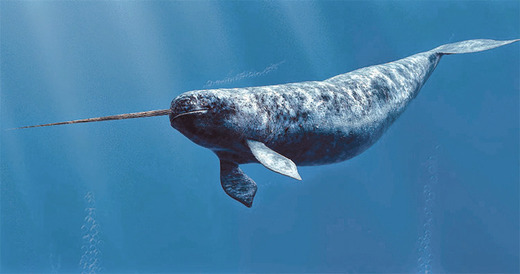When choosing a bow material, it is just as important as choosing a good violin brand. For centuries, wood was the only available material in the market during the day for making violin bows. But when people discovered that carbon fiber has grounds to make a good violin bow, that is when wood versus carbon fiber took place.
You may be wondering what material is the best to get for your bow, a wood or a carbon fiber? In this article, I will be explaining the pros and cons of both. To know more, read down below.
Wood
Wood was the only available material for making violin bows back then, specifically Pernambuco Wood. It is popular because of its lightness, stiffness, and flexibility. But the sad news that broke was that this type of tree is included in the list of endangered ones, leading to officials prohibiting this tree from being chopped down. Since then, wooden bows have become lower in quality and price.
Aside from officials disagreeing with this tree to be cut down, there are ongoing issues with wooden bows even before this notice. People reported that wood quickly reacts to weather temperatures causing the bow to expand, contract, or wrap. Also over time, the shape of the bow loses it’s camber, resulting in the inability to make bowing techniques possible. In line with this, they are also very fragile and easily breakable.
These problems made people think, “How do we solve this issue?” And this is where the birth of carbon fibers started.
Carbon Fiber
Luckily, people found an interesting basis on the development of carbon fibers to make a great and new alternative as the main component material to violin bows. This time, it is lighter, stiffer, and better in resonance than wood. A tube made from high-density carbon fiber tops the Pernambuco Wood.
Good quality carbon fiber bows are made around 60% of the main component material like CodaBow, JonPaul, and Musing. There are also high-density carbon fiber bows with 80% carbon fiber-like Arcus Bows. Different percentages differ in distinction, like better sound quality and playability. But nevertheless, they are all better than Pernambuco and they offer something extra and special above wooden bows.
Some pros of these fibers are they are great value for money because, for less than a hundred dollars, you can take home a decent bow with all-around performance. They will not expand, contract, warp, or break. Also, they do not lack character and feeling because these are high range carbon bows with a combination of resonance, weight, and stiffness you cannot find in wooden bows.
When it comes to finding the best bows, you should not limit yourself. Pick the best among the rest in the market because soon, it will pay back to great content. Carbon fibers are undoubtedly booming in the market because it provides features that every violinist is looking for — lightness, stiffness, and easy to operate.







